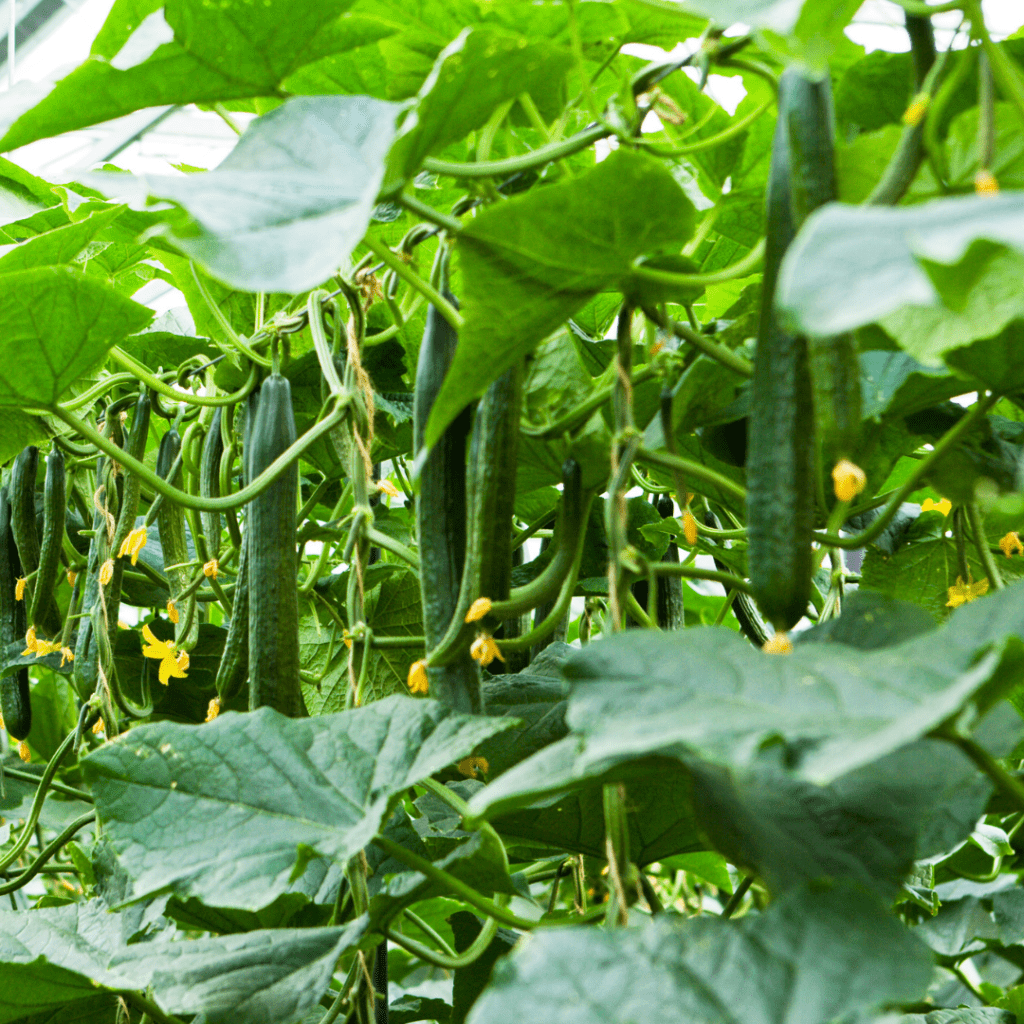Basic fertilization: a successful practice for your greenhouse!
By AgrisC Scientific Team
We often consider that the basic fertilization in greenhouse crops is unnecessary and not correctly evaluated. However, is it a good practice? Let’s see below.
The problem
Many times we think that basic fertilization in greenhouse crops is essential and not adequately evaluated.
The symptoms of nutrient programs on plants are usually less evident than the infestations of insects, fungi, and other biotic stresses.
Thus, inadequate basic nutrition programs are not immediately apparent or lead to incorrect diagnoses.
Problems with fertilization programs in greenhouse crops are pretty common and usually result in a reduction:
- both quality and quantity of production and therefore
- the final income.

The main objective of
A greenhouse crop’s nutrition program is
to maintain a delicate balance between the nutrients provided (inputs) and those taken up by the plants or lost, either predominantly in the soil colloids by the various forces or leached out.
Problems in this balance can be caused by
- significant losses in production,
- yields per acre and
- the business activity of producers.
Typically, most greenhouse planting plans focus on
- a good balance of mixtures and
- the application of crystalline fertilizers, which aim to supplement the theoretical needs of the plants at each stage.
However, this approach does not take into account
- neither ensuring that basic nutritional needs are met, particularly in the early stages of planting
- nor the unpredictable long-term variations during the crop cycle
Did you know that…
such nutrition is not sustainable without the pre-existing basic fertilization and
Water-soluble fertilizers, while responsive in the short term to the needs, have a high leaching rate into the crop, making frequent application imperative.
It has been shown that:
when basic fertilization is not observed, applications start earlier and have an increased rate of being practical and
depending on the applications and the different types of formulations applied, the physiological characteristics of the soil are greatly affected, including,
- the increase in electrical conductivity,
- organic matter and
- the much-needed microbiological activity.



Conclusion
The practice of not using basic fertilization is not only unprofitable but also harmful, firstly to the producer’s budget and secondly to the environment.
Therefore, applying excellent basic fertilization before the crop is established is necessary and imperative to ensure that the basic nutrient needs are met immediately and in the long term.
If you are in an agronomy business, own an agronomy shop, and are seeking a collaboration opportunity with AgriSC, fill out the form below. Our team will respond promptly!
